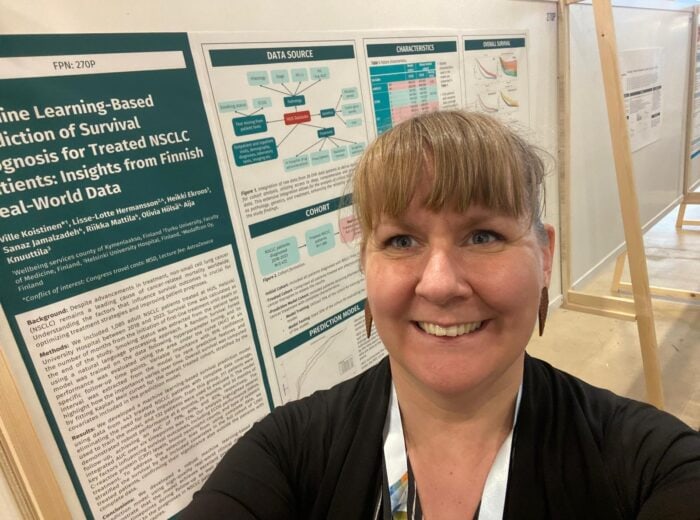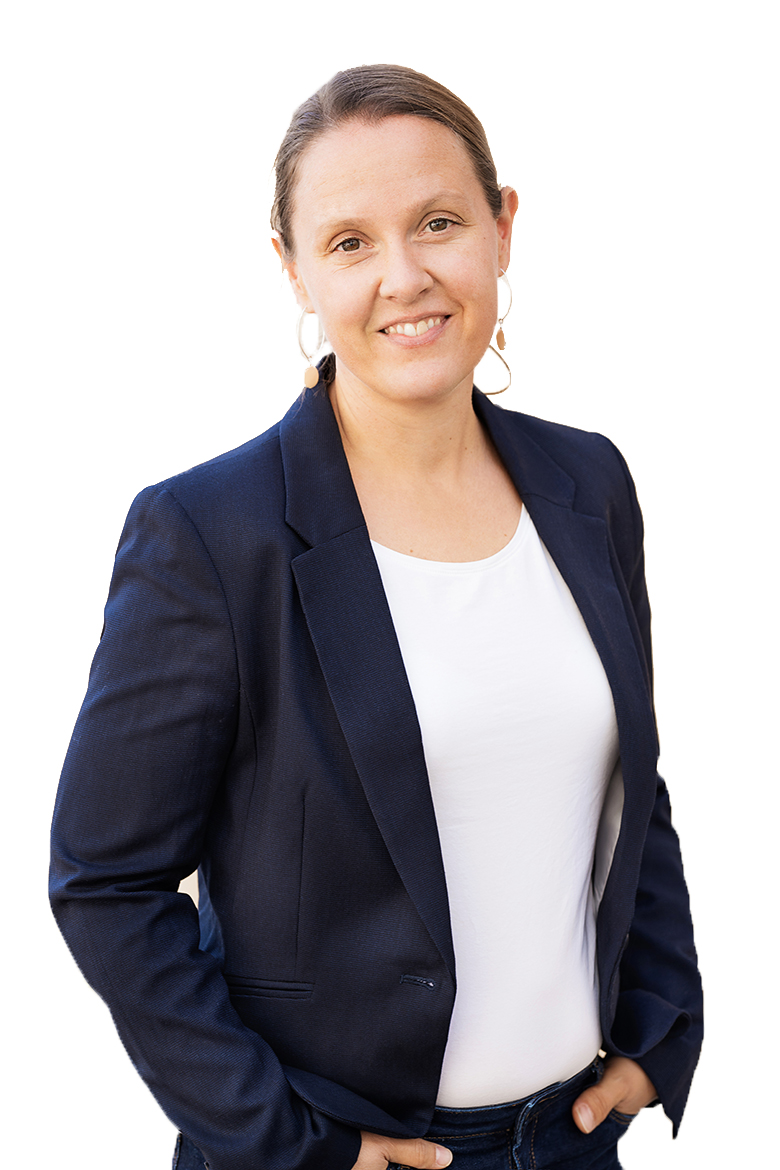Medaffcon Presented Insights from Finnish Real-World Data at European Lung Cancer Congress
Medaffcon's European Lung Cancer Congress (ELCC) poster showcased key findings from a recent study on non-small cell lung cancer (NSCLC).
Our latest Multiple Myeloma (MM) publication describes how treatments have changed in 2013–2019, and what the estimated treatment costs are in Multiple Myeloma. The study was published in Future Oncology in October 2023 and carried out by experts at Medaffcon, Sanofi, and Helsinki University Hospital (HUS).
The availability of stem cell transplantation (SCT) and novel immunochemotherapies (ICTs) have improved the outcomes of multiple myeloma therapies. However, it is not clear how treatment patterns have changed longitudinally and what is the magnitude of burden associated with the treatment and follow-up of multiple myeloma in Finland.
In this RWE study we analyzed data from Helsinki University Hospital Data Lake and examined 509 adult Multiple Myeloma (MM) patients treated with ICTs in 2013–2019 in the Hospital District of Helsinki and Uusimaa. Compared with a nontransplant group, patients eligible for stem cell transplantation had a better 5-year survival rate (74.4 % vs 44.0 %) but used high levels of specialty care resources.
At seven years of the follow-up of the 509 patients, total estimated cumulative any-cause specialty care costs per patient, excluding medications, were approximately 148 000 euros (95 % CI: 134 000–161 000) in SCT-eligible patients and 64 000 euros (95 % CI: 58 000–70 000) in non-eligible individuals. Respective average per patient year costs were 33 000 euros (95 % CI: 30 000–37 000) and 21 000 euros (95 % CI: 18 000–22 000). The treatment costs of patients with better survival continued growing for several years after diagnosis.
This study highlights the value of hospital data lakes and computer-assisted analysis of large patient cohorts with complex treatment patterns. These results are valuable to strategies combatting the healthcare burden in the management of multiple myeloma.
Real-world evidence of multiple myeloma treated from 2013 to 2019 in the Hospital District of Helsinki and Uusimaa, Finland. Johanna Vikkula, Kristiina Uusi-Rauva, Tuuli Ranki, Iiro Toppila, Maria Aalto-Setälä, Katariina Pousar, Lotta Vassilev, Kimmo Porkka, Raija Silvennoinen, Oscar Brück. Future Oncology (2023).
Find more RWE study summaries here.
Medaffcon, founded in 2009, is a Nordic research and consulting company specializing in Real-World Evidence, Medical Affairs, and Market Access. With offices in Stockholm, Sweden, and Espoo, Finland, we provide expert services across the Nordic region. Our services combine strong medical and health economic expertise with modern data science.
The company employs some 30 experts. Since 2017, Medaffcon has been a subsidiary of Tamro Oyj and is part of the PHOENIX group, which is a leading provider of healthcare services in Europe.

Medaffcon's European Lung Cancer Congress (ELCC) poster showcased key findings from a recent study on non-small cell lung cancer (NSCLC).

Johan Rehnberg started working as a Scientific Advisor at Medaffcon’s Swedish office in August 2024. He is a dynamic researcher who values opportunities to learn new things and develop his skills – opportunities that Medaffcon provides.

The algorithm was originally developed to extract smoking status from patient texts with purpose to analyze the effects of smoking on postoperative complications. Today, it is also being utilized in lung cancer research.

Sr. Scientific Advisor
RWE Lead
PhD
+358 50 345 2393
mariann.lassenius@medaffcon.com
Mariann joined Medaffcon’s team in 2016 after finishing her PhD. The transition to real world evidence (RWE) research was a natural continuum to her previous research career. Through RWE studies, she has had the privilege to gain a broad insight into working with different stakeholders within the healthcare field. The vast proportion of her days goes towards interacting with clients, planning and performing RWE studies, and supporting Medaffcon’s RWE team. Subjects that keep her work interesting are the vast variability of customers and projects, problem-solving, and interacting with people.
“The number of RWE studies has increased since stakeholders within the healthcare industry have an increasing demand for knowledge-based decision making tools that need to be fulfilled. The future, therefore, has an ever-increasing emphasis on RWE”.